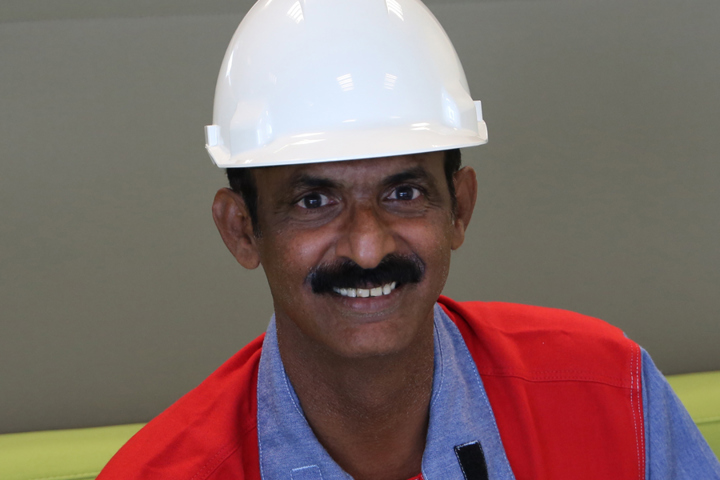
How do you build something that lasts?
Meet Abdallah Al Hashmi. Abdallah is a Field Maintenance Manager at EGA. He started his journey at EGA as a trainee 17 years ago. Abdulaziz built his career through dedication, problem-solving and a commitment to continuous improvement. Today, he inspires his team to work with the same passion and purpose to build a legacy that lasts. Watch his story.
Read more


